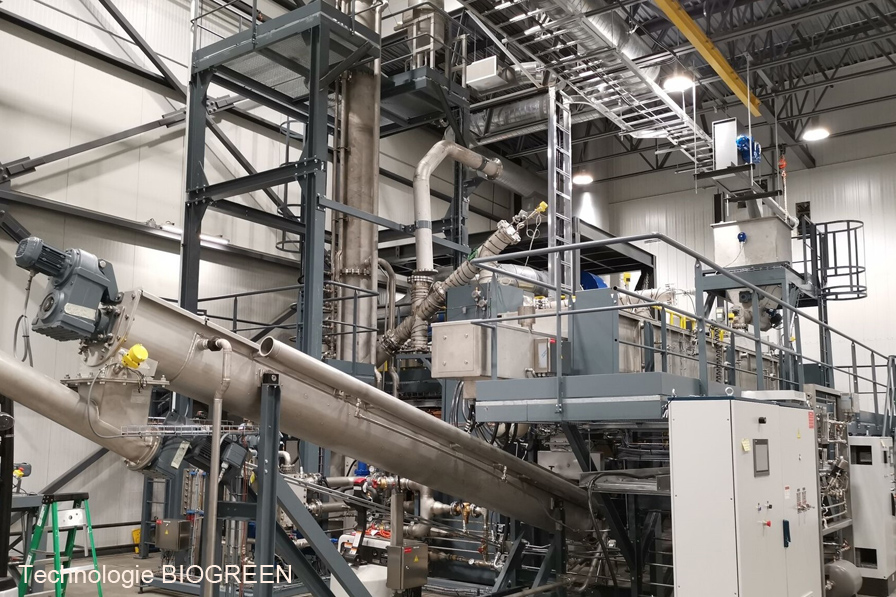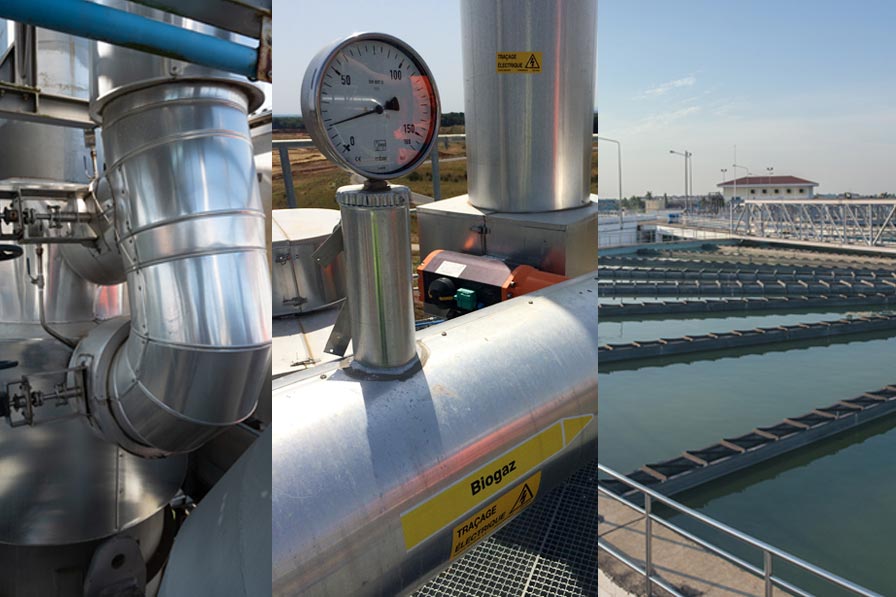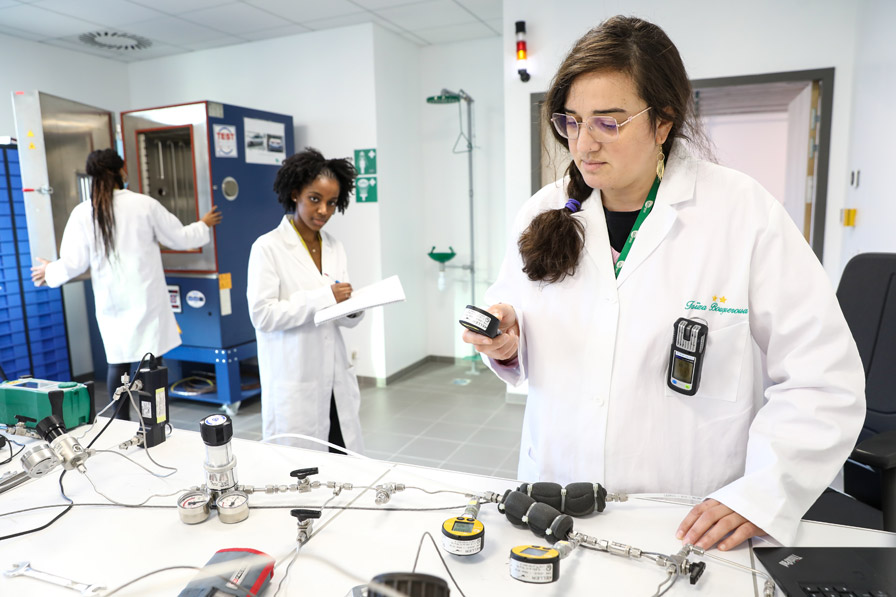SYNTHANE© partnership

ETIA, a French equipment manufacturer specialising in heat treatment processes, and GRTgaz have reached a key stage in their SYNTHANE© partnership. This project aims to produce renewable and low-carbon methane through pyrogasification using proven technology belonging to ETIA, a company based in Compiègne.
GRTgaz and ETIA today announced the launch of an initial test campaign to analyse the gas produced from different categories of solid waste: forest biomass, non-recyclable plastics, and solid recovered fuels from household waste.
The SYNTHANE© project’s originality lies in the coupling of two complementary technologies – pyrolysis and methanation – to produce a renewable, low-carbon gas that can be injected into the French gas networks.
The coupling and instrumentation of the test facilities are now finalised. The system consists of a “Biogreen©” high-temperature pyrolysis facility that ETIA has been testing for several years. It allows inputs to be continuously heated in the absence of oxygen to break down the gaseous molecules. This facility is supplemented by a purification tool and a catalytic methanation unit to maximise the quantity of injectable methane.
Industrialising a new sector that supports the circular economy
With this partnership, ETIA and GRTgaz are part of the industrialisation of the pyrogasification sector for injection into the French networks: a renewable and low-carbon means of gas production that supports the circular economy.
Injection into the gas networks from pyrogasification offers a solution to the challenges of waste treatment, in line the target set by the French Law on Energy Transition for Green Growth (LTECV) to halve the volume of waste sent to landfill by 2025.
Construction of the sector’s first industrial-scale projects is expected to begin from 2023. Alongside the other renewable and low-carbon gas sectors (anaerobic digestion, hydrothermal gasification, hydrogen), these will contribute to achieving carbon neutrality by 2050.
Based on the French Environment and Energy Management Agency’s (ADEME) 2021 scenarios 20213 and taking into account the energy recovery pathways for residues (pyrogasification, combustion, liquid fuels), 90 TWh is a realistic and achievable production target for renewable and low-carbon gases by 2050.
3 ADEME 2050 Transition(s) study: ADEME - Transition(s) 2050

